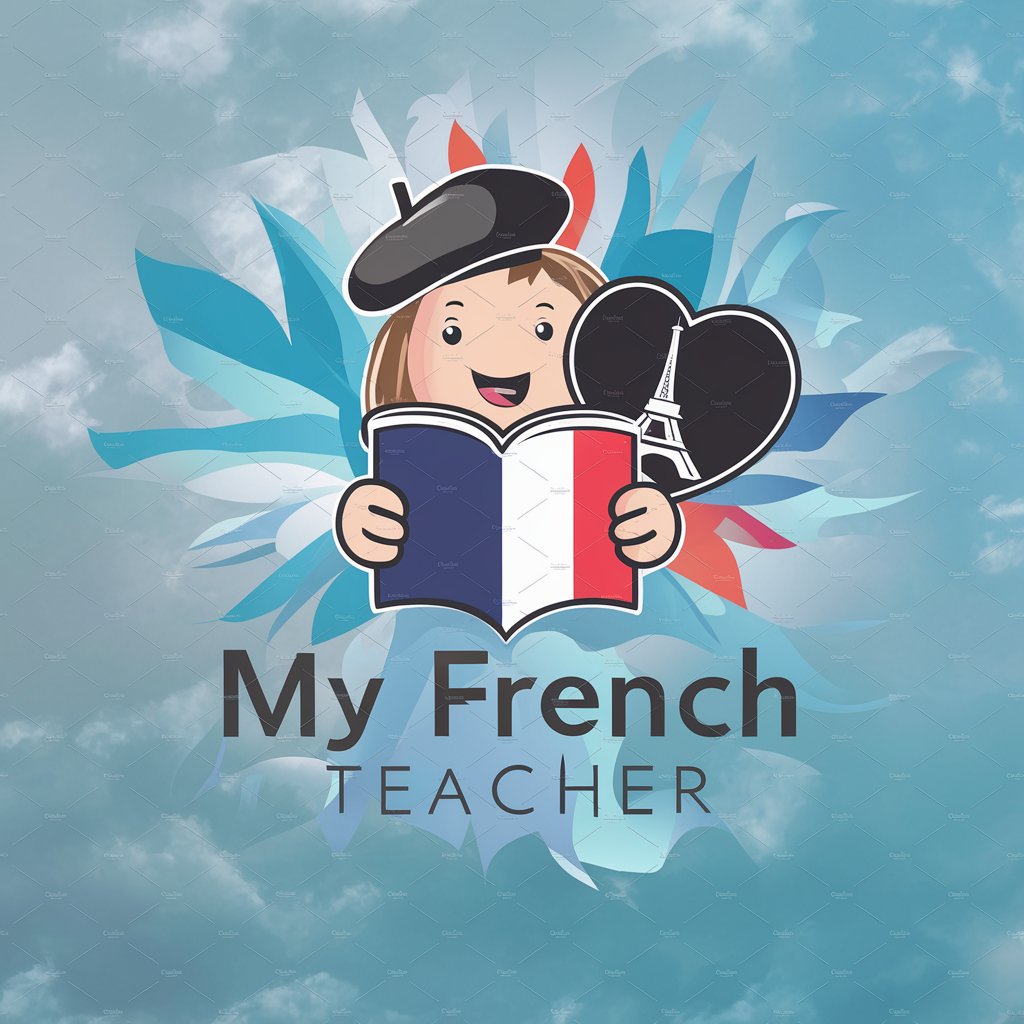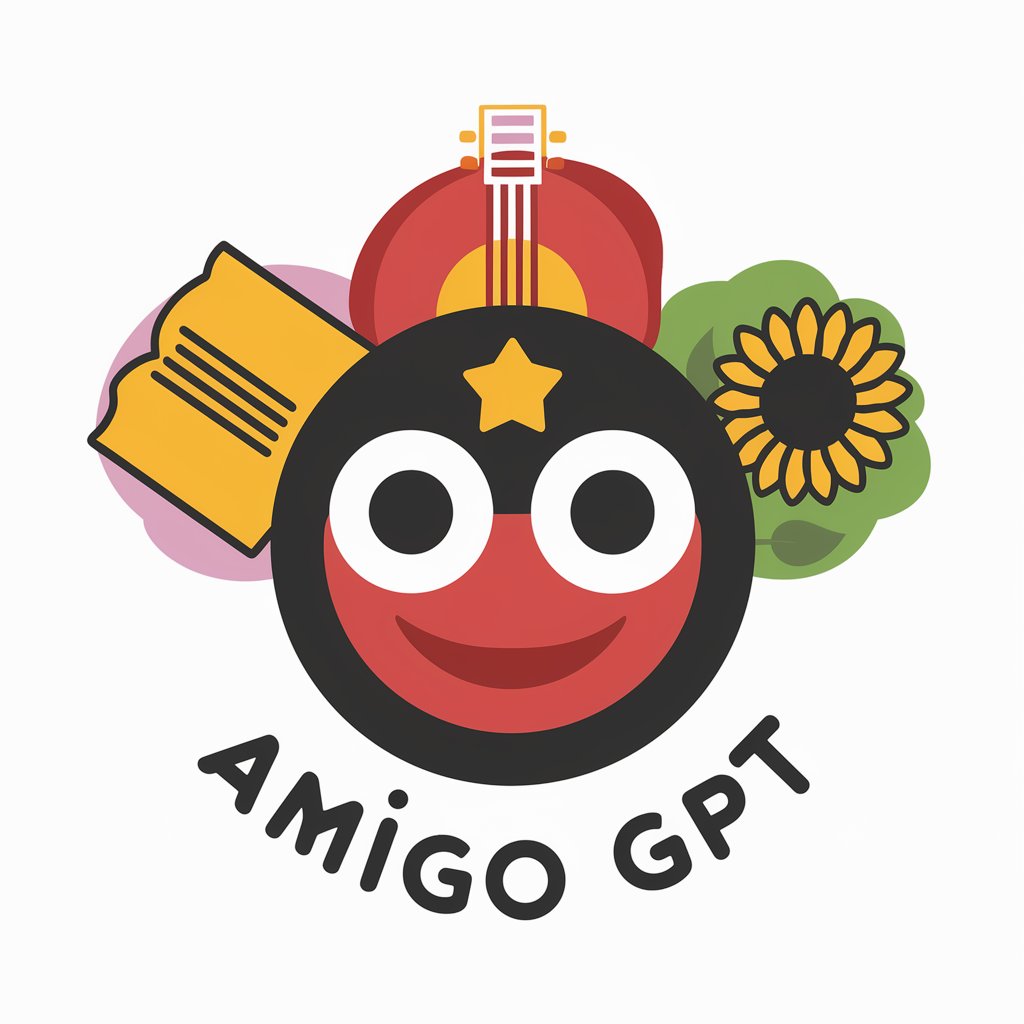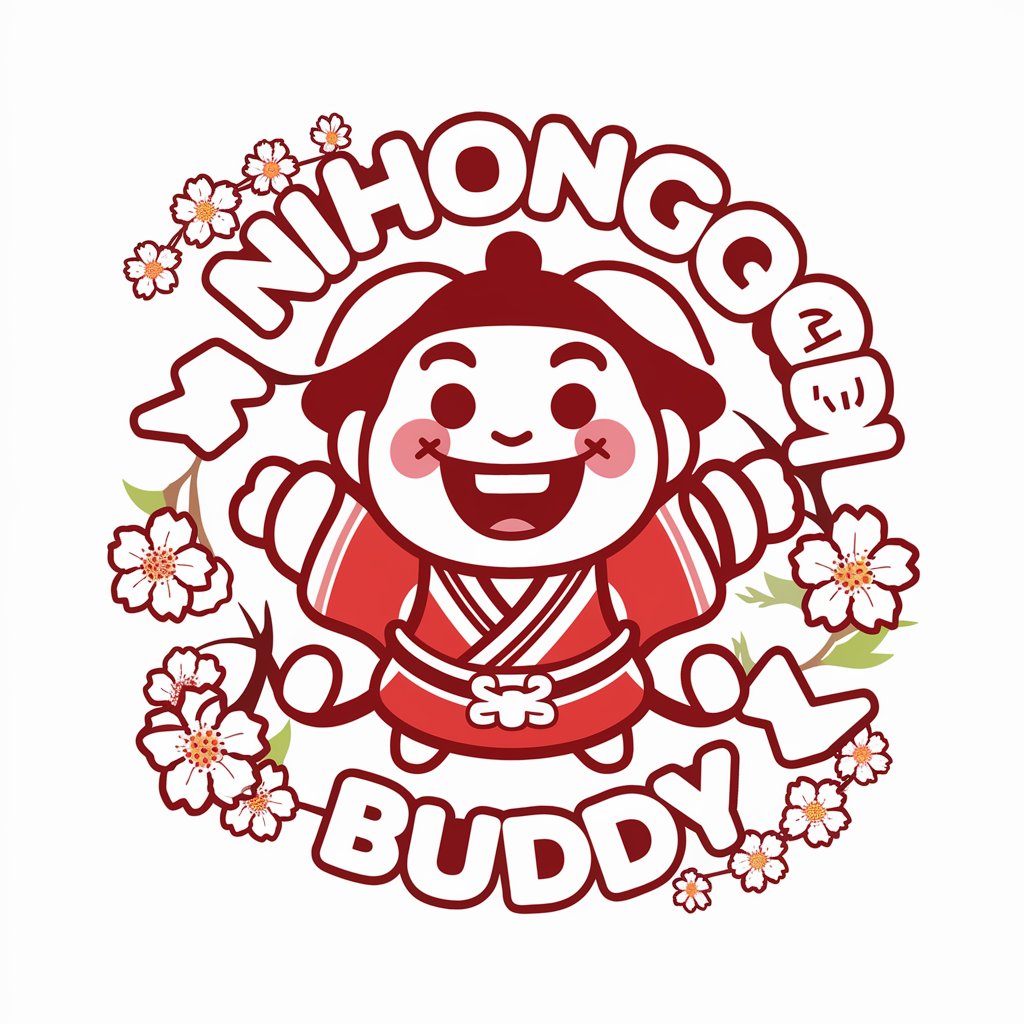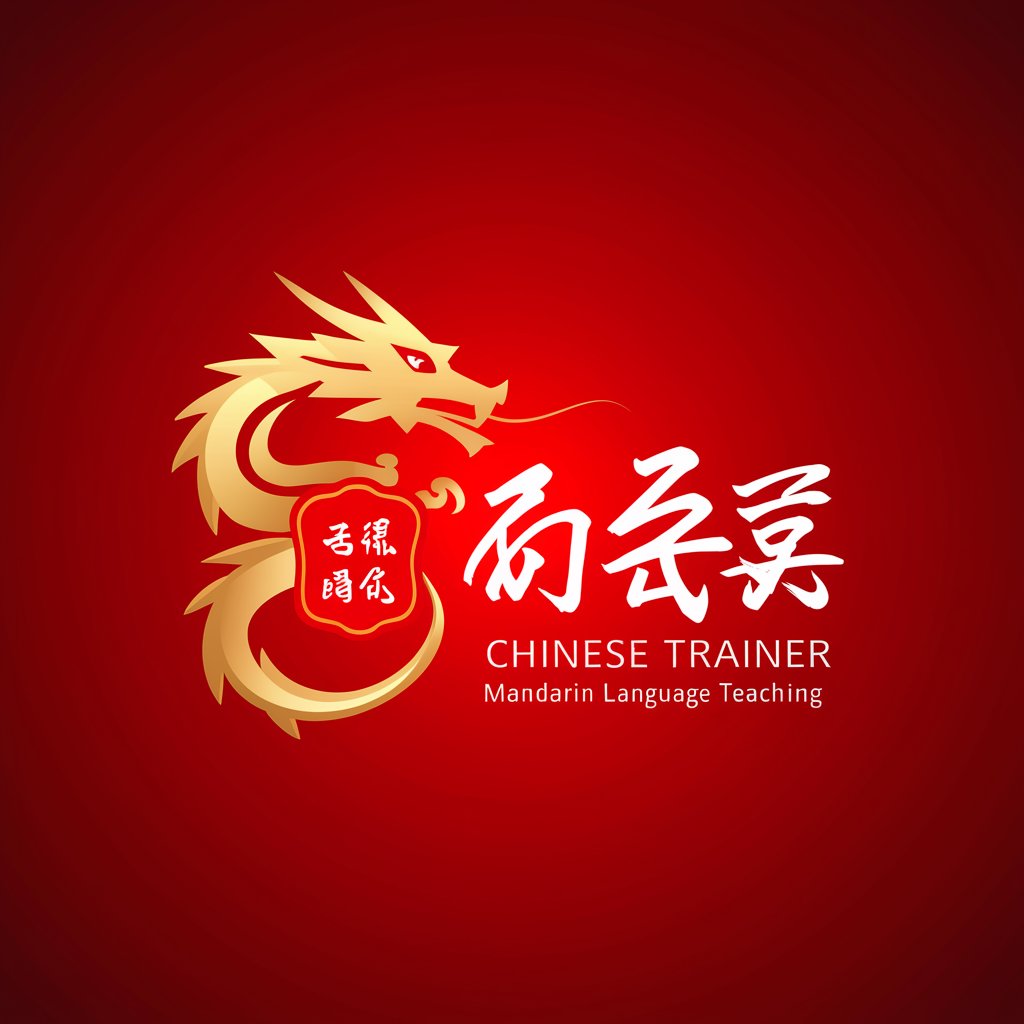6 GPTs for Cultural Immersion Learning Powered by AI for Free of 2025
AI GPTs for Cultural Immersion Learning are advanced computational tools utilizing Generative Pre-trained Transformers to facilitate deep and interactive cultural learning experiences. These AI models are designed to simulate various aspects of cultural immersion, such as language acquisition, understanding social norms, and exploring historical contexts, making them invaluable for users seeking comprehensive cultural education. Their adaptability allows for personalized learning paths, making the exploration of cultures more accessible and engaging.
Top 6 GPTs for Cultural Immersion Learning are: My French Teacher,Amigo GPT,Japanese Tutor,Nihongo Buddy,Chinese Trainer,Sakura Sensei (Beginner)
My French Teacher
Master French with AI-Powered Precision

Amigo GPT
Master Spanish with AI-Powered Precision

Japanese Tutor
Empowering Japanese Learning with AI Innovation

Nihongo Buddy
Master Japanese with AI-Powered Conversations

Chinese Trainer
Immerse, Learn, and Speak Mandarin with AI

Sakura Sensei (Beginner)
Master Japanese with AI-Powered Anime Charm

Key Attributes of Cultural Immersion AIs
These AI tools stand out for their ability to simulate real-world cultural interactions and provide immersive learning experiences. Features include dynamic language learning modules, cultural etiquette guides, virtual reality experiences, and historical timelines. They can adapt to user proficiency levels, offering everything from basic introductions to in-depth discussions on cultural nuances. Enhanced by capabilities like web searching for up-to-date cultural insights, image creation for visual learning, and data analysis for personalized learning experiences, these GPTs offer a comprehensive toolkit for cultural education.
Who Benefits from Cultural Learning AIs
The primary beneficiaries include language learners, educators, cultural enthusiasts, and professionals engaging with diverse cultural settings. These tools are user-friendly, making them accessible to novices without coding skills, while also offering extensive customization options for developers and tech-savvy users. This dual approach ensures that a broad audience can engage with and benefit from these AI-powered cultural immersion experiences.
Try Our other AI GPTs tools for Free
Beginner-Friendly Japanese Tutor
Discover AI GPTs for Beginner-Friendly Japanese Tutoring: intuitive, adaptable tools using cutting-edge AI to make Japanese language learning engaging, effective, and culturally rich.
Conversational Practice
Explore AI GPTs for Conversational Practice: intuitive, adaptable tools designed for effective communication training. Ideal for learners, professionals, and developers.
Grammar Improvement
Enhance your written communication with AI GPTs for Grammar Improvement – intelligent tools designed to perfect grammar, style, and clarity in any text.
Vocabulary Expansion
Explore the realm of AI-powered language enhancement with our Vocabulary Expansion tools. Perfect for learners and professionals, these tools offer adaptable, user-friendly solutions for enriching your linguistic skills.
Certification Preparation
Discover the transformative role of AI GPTs in Certification Preparation. Tailored, interactive, and up-to-date tools designed to revolutionize your study experience and exam readiness.
Comprehension Enhancement
Explore AI GPTs for Comprehension Enhancement: tailor-made solutions transforming complex data into accessible knowledge, suited for a broad audience seeking deeper understanding.
Expanding Horizons with AI in Cultural Education
These GPTs redefine cultural education by offering immersive, interactive learning experiences that adapt to individual needs. Their user-friendly interfaces make cultural education more accessible, while their integration capabilities allow for seamless inclusion in existing educational frameworks. This personalization and flexibility highlight the transformative potential of AI in cultural learning and education.
Frequently Asked Questions
What exactly are AI GPTs for Cultural Immersion Learning?
They are AI systems designed to facilitate the learning and understanding of different cultures, using advanced algorithms to simulate immersive cultural experiences.
How do these AI tools help in learning a new language?
They provide interactive language learning sessions, using natural language processing to offer real-time corrections, conversations, and contextual learning.
Can these tools be customized for specific cultural studies?
Yes, they offer customizable modules that can be tailored to focus on specific cultural aspects, from history to social norms.
Are there any prerequisites for using these AI tools?
No, these tools are designed for users of all levels, from beginners to advanced learners, with no prior knowledge required.
How do these AI models stay updated with cultural changes?
They incorporate web searching and data analysis capabilities to continuously update their databases with the latest cultural information and trends.
Can these tools integrate with existing educational platforms?
Yes, they are designed to be flexible and can be integrated with various learning management systems and educational platforms.
What makes these AI tools different from traditional cultural learning methods?
They offer a more interactive and personalized learning experience, simulating real-life interactions and providing insights tailored to the user's learning pace and interests.
Are there any community features or collaborative learning options?
Many of these tools include community features that allow users to interact, share experiences, and learn collaboratively.